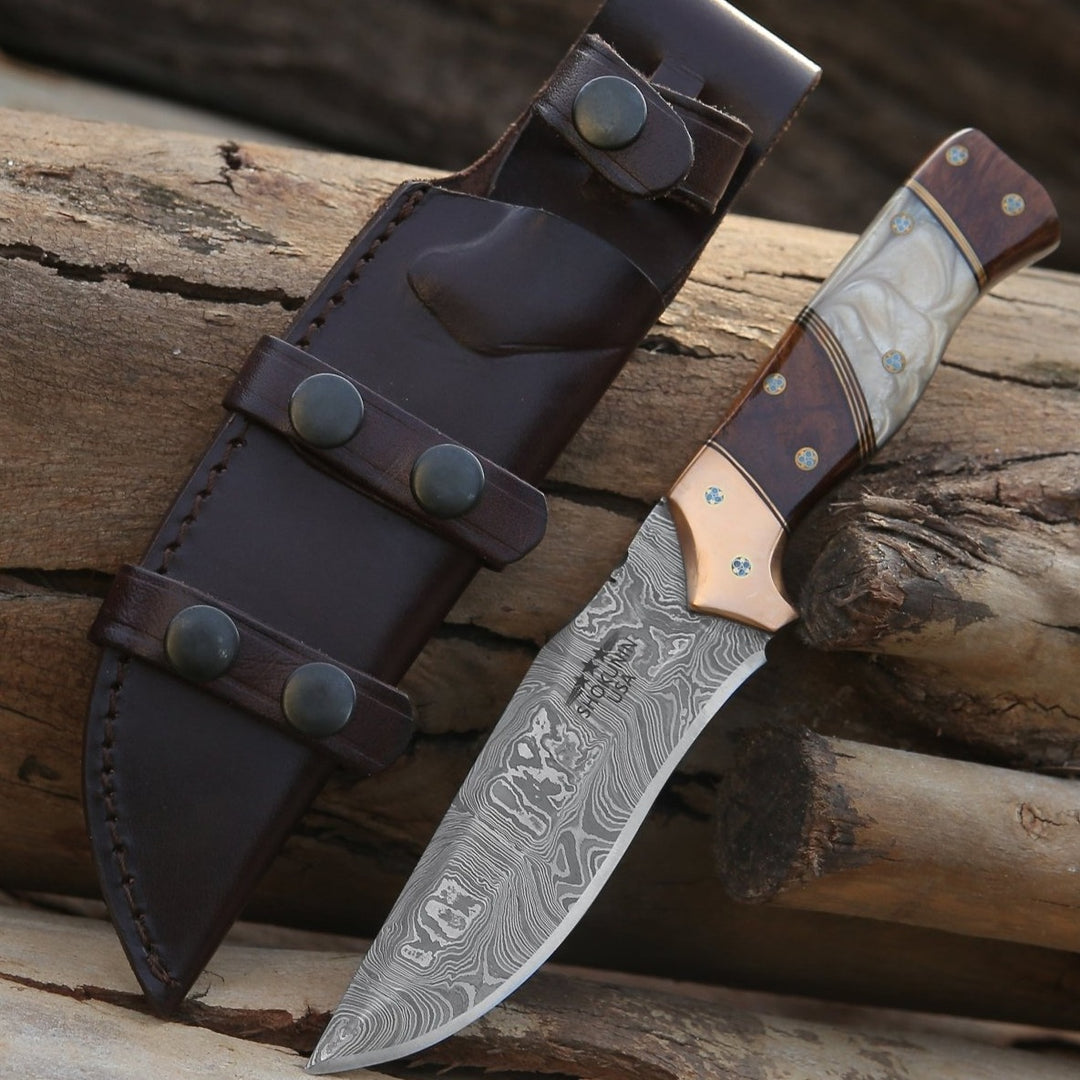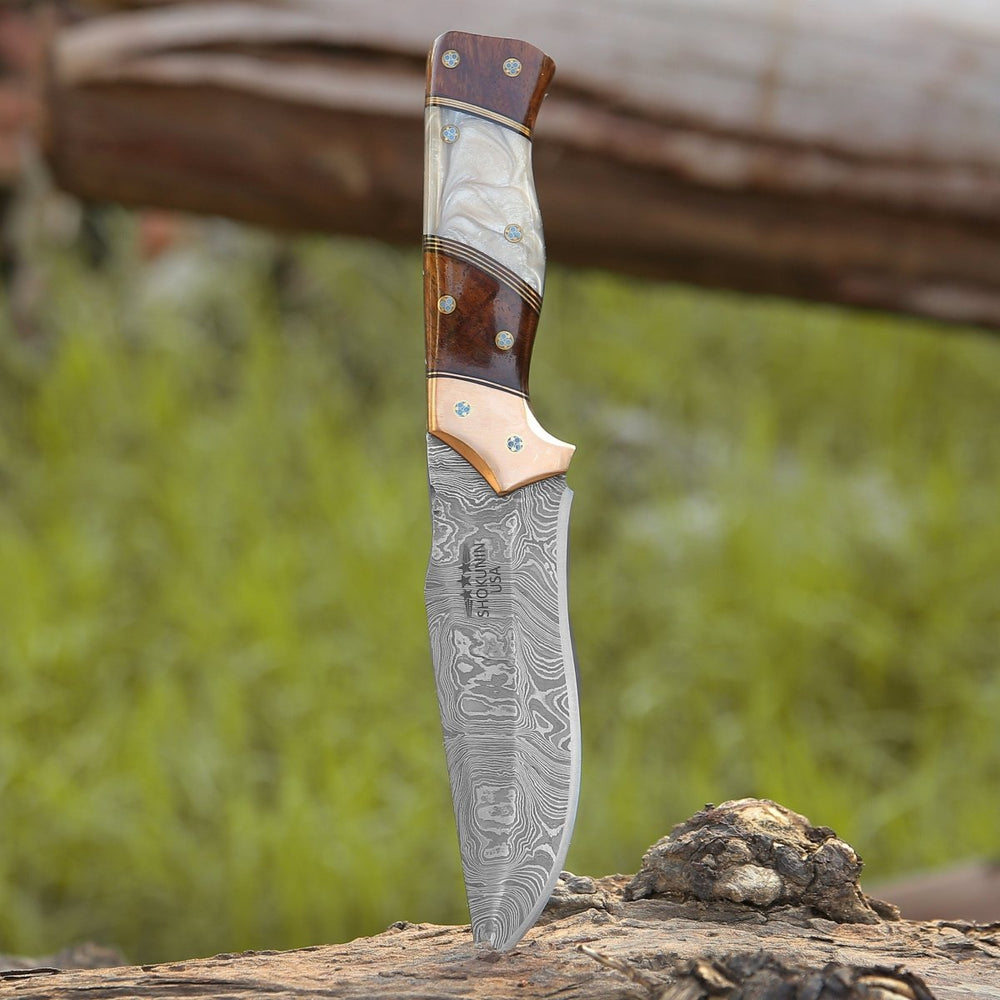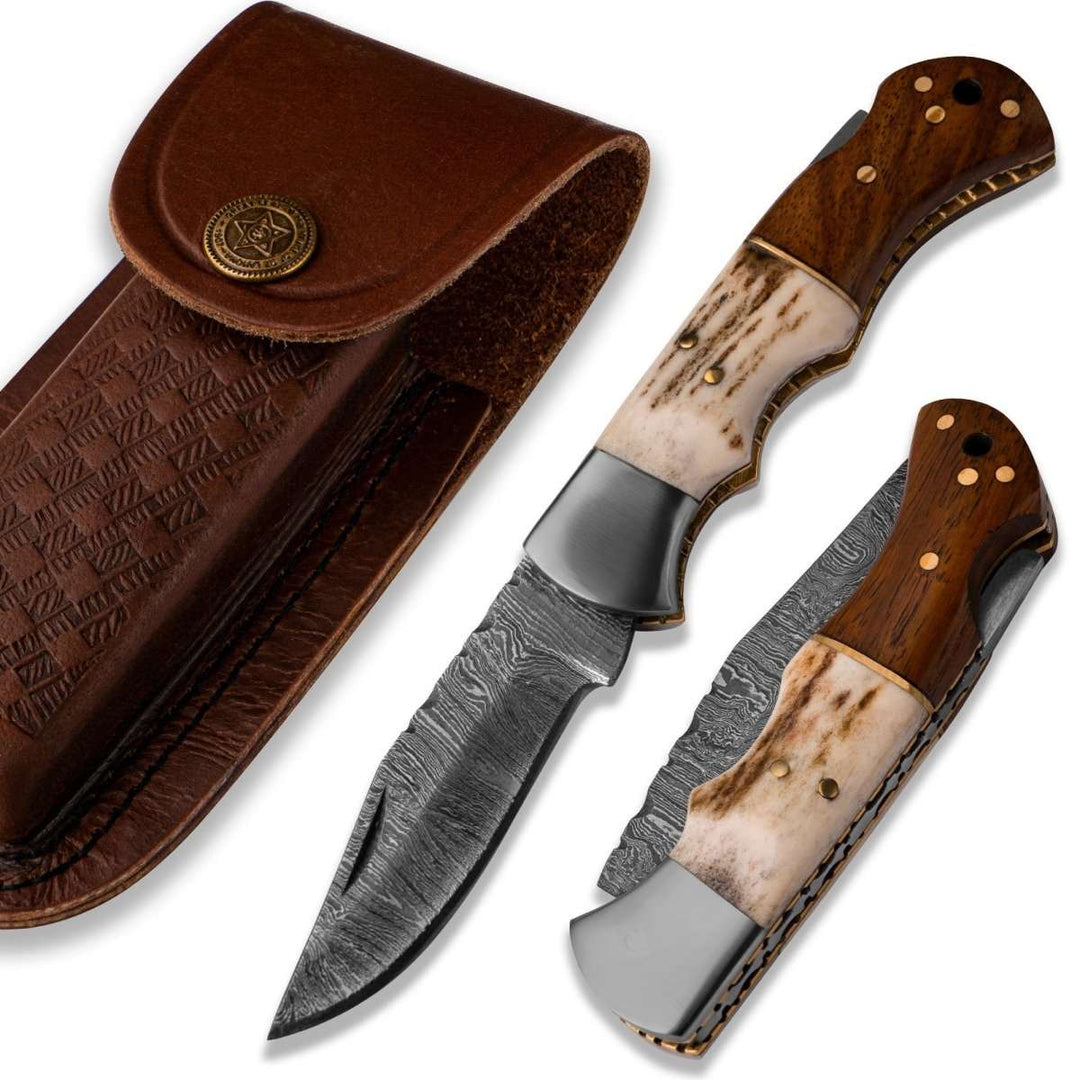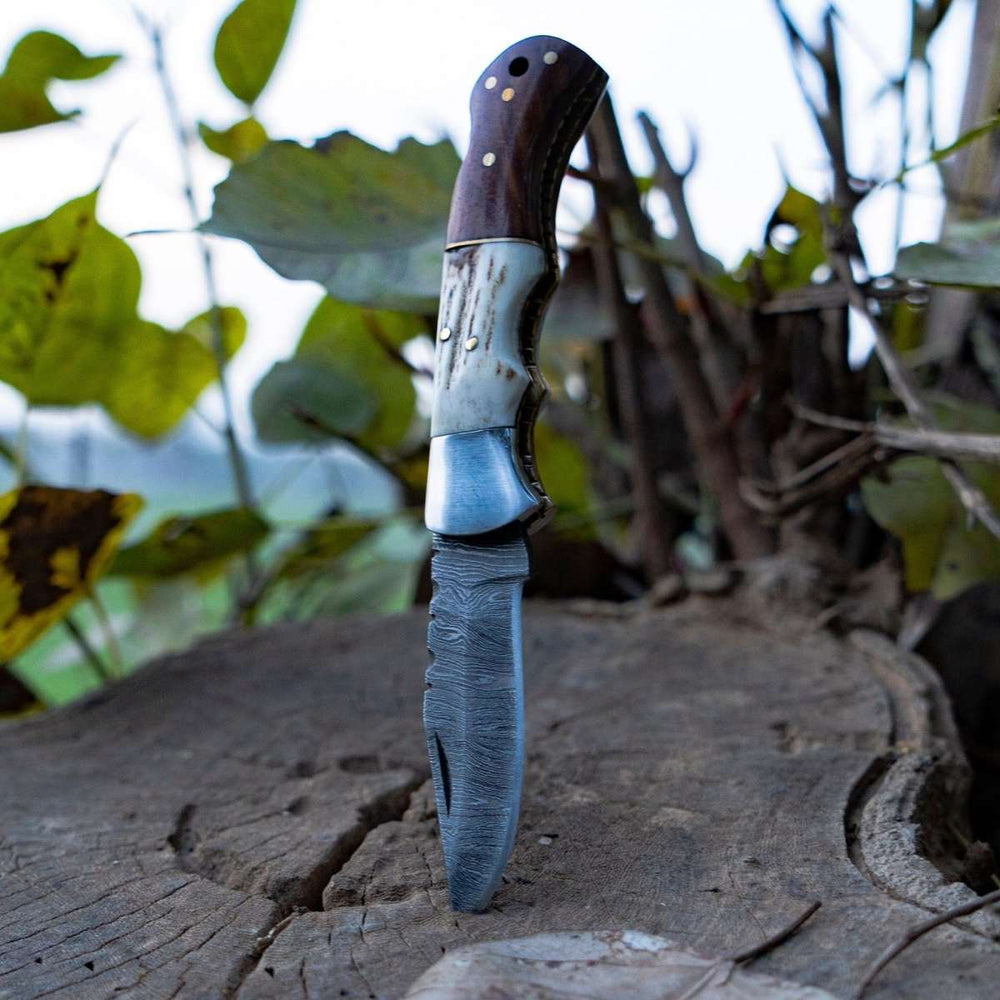Frequently Asked Questions
1. What is knife etiquette and why is it important?
2. What are the common types of knives used in cooking?
3. What is the proper way to handle a knife in the kitchen?
4. What should I consider when choosing a knife for outdoor activities like hunting?
5. How can I enhance my knife skills for better presentation in cooking?
Understanding knife etiquette is essential for anyone who takes cooking or outdoor activities seriously, especially when it comes to using various types of knives, such as hunting knives. Whether you’re slicing vegetables in the kitchen or carving your latest catch in the wilderness, knowing when and how to use different knives can enhance your experience. In this article, we’ll explore the fundamentals of knife etiquette, delve into the various types of knives, and provide practical tips on how to use them appropriately.
The Importance of Knife Etiquette
Knife etiquette isn’t just about knowing which knife to use; it’s about understanding the significance of these tools in different contexts. In culinary settings, appropriate knife use can affect not only the efficiency of your cooking but also the presentation of your meals. In outdoor activities, especially hunting, the right techniques ensure safety and respect for the game. Proper knife etiquette demonstrates respect for the knife itself, the ingredients, and the outdoors.
Understanding the Different Types of Knives
Knives come in various shapes and sizes, each suited for specific tasks. Learning about these knives is the first step in honing your knife etiquette. Here’s a rundown of some common types:
Chef’s Knife
The chef’s knife is the versatile workhorse of the kitchen. Typically ranging from 6 to 12 inches in length, it is perfect for chopping, dicing, and mincing. Proper handling involves:
- Grip the handle firmly but comfortably.
- Use a cutting board to provide stability.
- Utilize the rocking motion for even cutting.
Paring Knife
A paring knife is smaller, usually around 3 to 4 inches long, ideal for intricate tasks such as peeling fruits or deveining shrimp. When using a paring knife:
- Keep the blade pointed away from you.
- Use a stable surface to avoid slips.
Fillet Knife
Essential for those who fish or prepare seafood, a fillet knife features a flexible blade that allows for precision when removing skin or bones. Proper etiquette includes:
- Work on a horizontal surface to maintain a clean cut.
- Keep the blade close to the flesh for efficient filleting.
Hunting Knives
As mentioned, hunting knives serve a specific purpose in the outdoors. Often heavier and sturdier, they are designed for skinning and butchering game. When using hunting knives:
- Choose the right knife for the size of the game.
- Be aware of your surroundings, especially in high-stake outdoor settings.
Utility Knife
A utility knife is a versatile tool that can serve numerous functions, from opening boxes to quick kitchen tasks. Safe practices with a utility knife include:
- Cut away from your body.
- Stay alert to avoid any accidents.
Basic Knife Handling Etiquette
In both the kitchen and outdoors, proper knife handling is critical for maintaining safety and efficiency. Here are some fundamental rules to follow:
Always Cut Away from Yourself
Regardless of the type of knife you’re using, always cut away from your body. This practice minimizes the risk of accidents should the knife slip.
Maintain a Clean Workspace
A clean workspace allows for better focus and reduces the likelihood of errors. After using a knife, be sure to wash it before transitioning to a different task.
Respect Your Blade
Taking care of your knives not only prolongs their life but also ensures they perform well. Always clean and dry knives thoroughly after use and store them safely.
Communicate and Be Aware of Your Surroundings
When using knives in social settings or around others, be sure to communicate what you are doing. This helps to prevent accidents, especially in crowded kitchens or while hunting in groups.
Using Knives in Culinary Settings
In the kitchen, the joy of cooking comes with an understanding of how to properly wield your knives. Here are some specific etiquette tips tailored for cooking:
Choosing the Right Knife for the Job
Every cooking task calls for a specific knife. Using the right one not only makes the job easier but also enhances the overall quality of your meal. For example, a chef’s knife is perfect for chopping vegetables, while a paring knife is great for small, precise tasks.
Knife Safety Around Others
When in shared cooking spaces, ensure others are aware of your knife usage. Maintain a safe distance and announce when passing knives. It is considered courteous and prevents accidents.
Knife Techniques for Presentation
In cooking, presentation is key. Employing proper techniques while using your knives can elevate the aesthetic of your dishes. Here are some tips:
- Pay attention to your knife skills; even cuts ensure uniformity and appeal.
- Use garnishes and knife skills to elevate the plate's presentation.
Using Knives in Outdoor Activities
Utilizing knives in outdoor activities, particularly hunting, calls for respect and knowledge. Here are important etiquette tips:
Respect Wildlife
When using hunting knives, always practice ethical hunting. This includes respecting wildlife regulations and ensuring humane methods of processing game.
Be Prepared for Any Situation
During any outdoor excursion, pack a first aid kit and be blacked in case accidents occur. Knives can be useful tools for survival, but they can also pose significant risks without proper care and attention.
Leave No Trace
After using your knives in the outdoors, ensure you leave nothing behind. Properly dispose of any waste and respect nature’s beauty.
Gearing Up: What to Consider When Choosing Knives
Choosing the right knife can make a world of difference in both cooking and outdoor activities. Here are some factors to consider:
Quality Over Quantity
Investing in high-quality knives often outweighs buying numerous cheaper options. A single, well-made knife can outperform many inferior blades.
Comfort and Grip
The comfort of the handle can greatly affect your knife work. Choose knives that feel comfortable and balanced in your hand.
Maintenance Requirements
Understand the upkeep required for your knives. Some may need regular sharpening or specialized cleaning methods.
Elevate Your Knife Experience
As you explore the world of knives and their etiquette, remember that effective use is an art that combines respect, skill, and knowledge. Whether you’re using hunting knives in the great outdoors or preparing a gourmet meal in your kitchen, embracing knife etiquette not only ensures safety but also enhances your overall enjoyment of your culinary and outdoor adventures. As you master these skills, you’ll find that the world of knives opens up a new realm of possibilities for creativity, preparation, and respect for nature and your craft.
Take a moment to explore another user's Shopify or Wix store. Visit their store through this link. Please be aware that this is a promotional link, and we cannot be held responsible for the content of the linked store.






























Laissez un commentaire